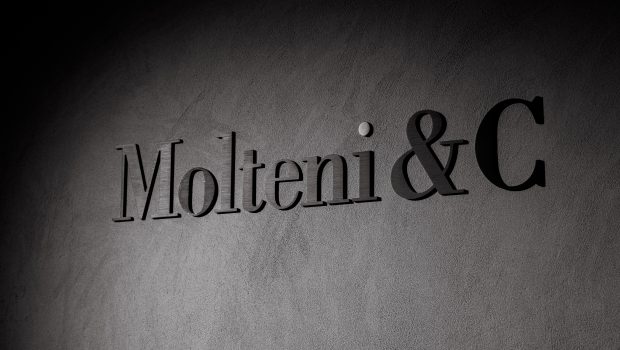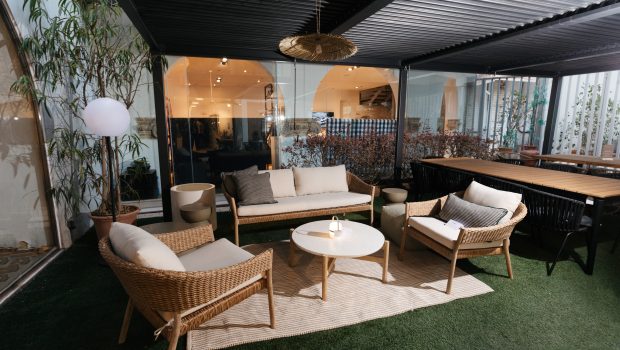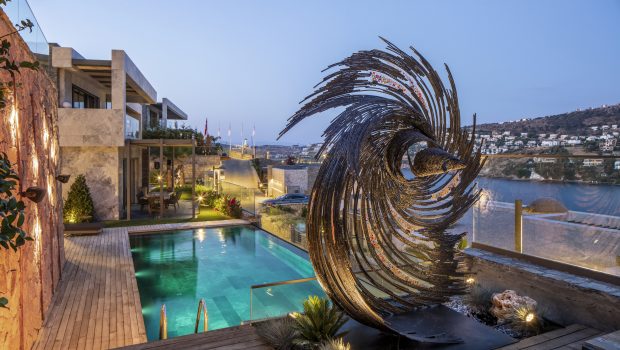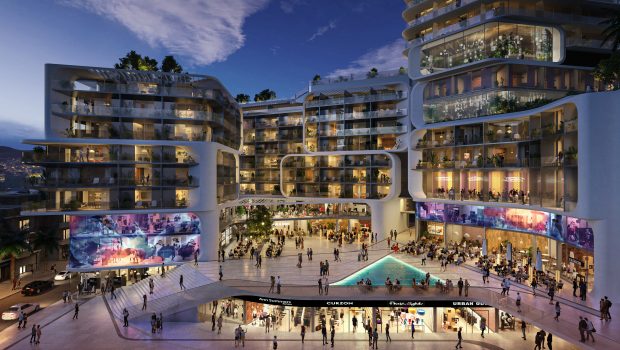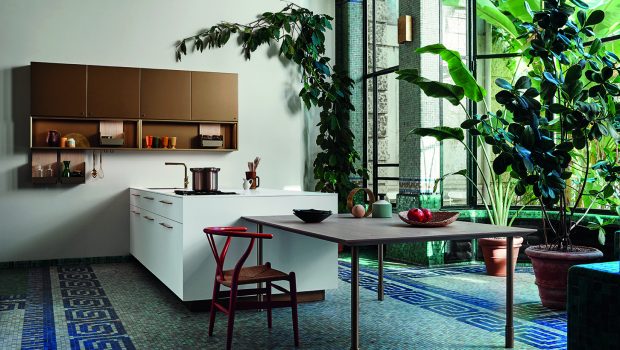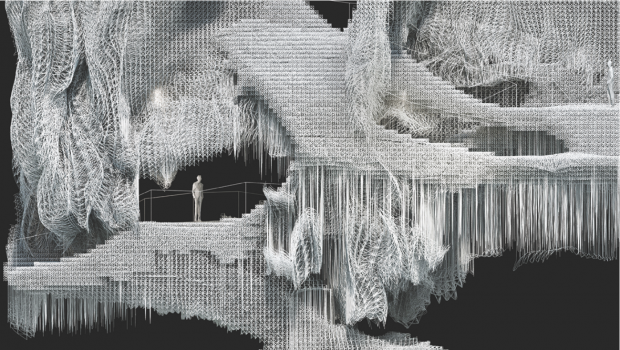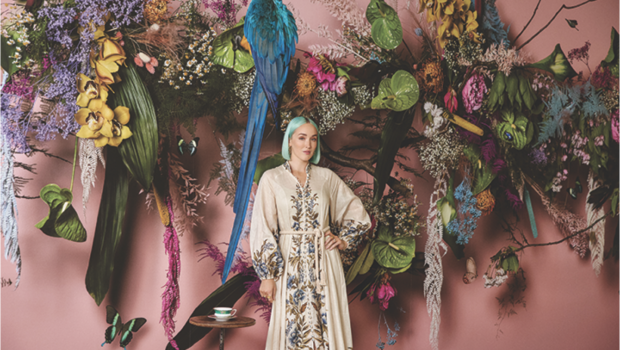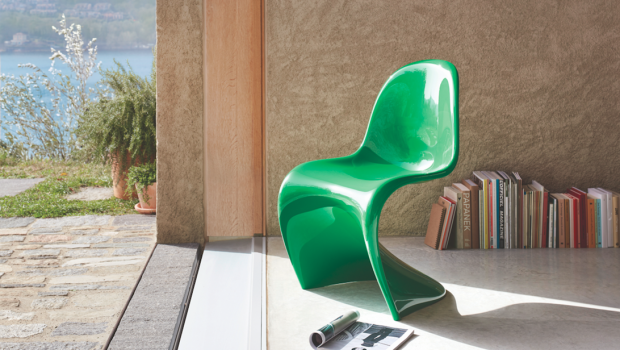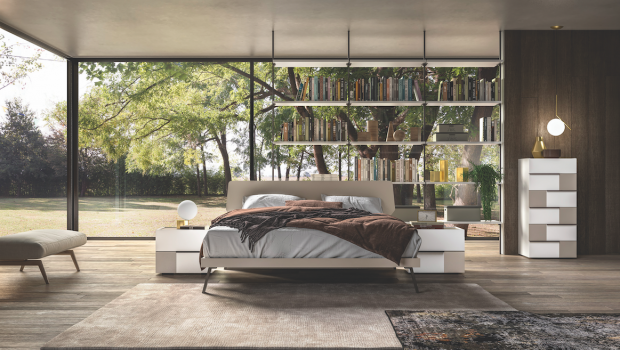Labyrinthine architecture
The Fredensborg House by NORM Architects inspired by the labyrinthine mountain village architecture
Architects: NORM Architects Words: NORM Architects Photography: Jonas Bjerre-Poulse
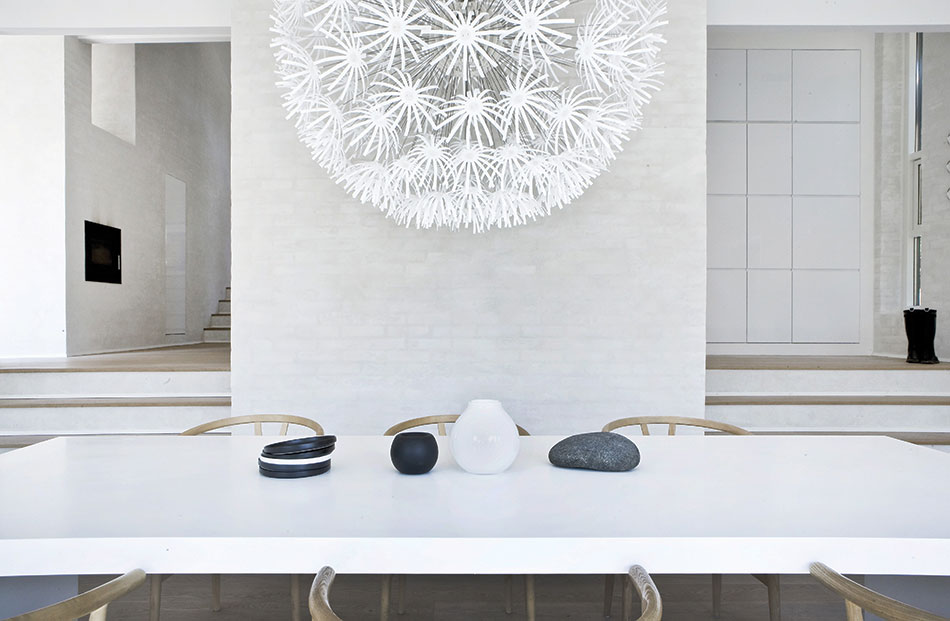
those that you may find familiar in Southern Europe, the architecture of Chinese temples, and in the works of modernist Danish architecture Jørn Utzon.
An important issue when designing the house was to play with how the natural light would come into the house at different times of the day, and making it an integral part of shaping the architecture. So instead of just using regular formats for windows we played a lot with different formats to obtain certain effects when the light enters the house – giving each room its own character and certain feel.

One of the main goals for this house was to provide a feeling of serenity and calm. To achieve this goal, the use of different contrasting materials was minimised. To suit the elements of the building’s surroundings and staying true to its natural form, a lot of local materials were used. The exterior consists of yellow tiles, yellow brick and black painted wood. The interior is made up of raw grey walls, brushed natural oak floors and white ceilings. The consistent use of the same materials throughout the house is what gives this labyrinthine structure a cohesive look and feel as being one big continuous space. It’s the choice of local materials that provides the same harmony as you find in old villages where everything is constructed from what was accessible around the village. The use of natural materials that had some imperfection gave the house an authentic aesthetic – like that of an aged and well treasured structure, which only becomes more beautiful as it decays. In that sense we were very much inspired by the Japanese’s thoughts on wabi-sabi when choosing materials.
…”The use of natural materials that had some imperfection gave the house an authentic aesthetic – like that of an aged and well treasured structure, which only becomes more beautiful as it decays”…

The many yellow tile roofs of the Fredensborg House rhythmically overlap each other – resonating the movements of the slopes in design. The roof’s colour palette consists of four different yellow and brownish tones in a mix, to achieve a natural imperfection. It gives a seemingly harmonious and charming miniature scene like that of a traditional Southern European mountain village, when the roofs are viewed from the highest point of the property.
A wide central staircase characterises the architectural interior of the house, highlighted by the ceiling’s varying heights and the vast glass facades looking through the ethereal garden. The vertical narrow windows face east and west to optimise viewing points, as well as to serve as a canvas for natural light to successfully illuminate space within the house.
The property does not reveal its large size at first glance. Not until you walk along the east side of the house through a small path leading uphill towards the main entrance, will several new volumes be introduced. You will also find a breathtaking visual of an 18-metre stretch from the east to west axis of the house, through one of the vertical windows looking into the kitchen area.

As you enter the central hall of the house a grand staircase welcomes you to the highest point of the property, consisting of three different plateaus connecting the master bedroom, the living area, kitchen and dining area that connects serenely in one continuous space. The different areas of the house are divided by volumes of brick that contain the kitchen and fireplace which also serves as room dividers. The spacious staircase is greatly inspired by the main pedestrian street in small villages and serve as a natural gathering place in the house and attracts activity in its space. >>
The lowest plateau of the house contains the dining area and a small washroom. It is divided from the kitchen area by a noticeably grey brick wall with broad steps on each side, dividing the room into three sections. You will find a long section of small windows just under the rooftop allowing more light to come in from the west part, bringing in a faint yellow coloured atmosphere in the afternoons whilst giving early evenings a warm ambiance. Another viewpoint of the house is the entire façade of the garden, which is made of glass. There is one wide central window corresponding the exact length of the huge custom made Corian dining table, flanked by double doors facing the garden on each side. The grass from the outside is at precise measure right by the border of each window frame, which brings in the feel of nature visually.
…”An important issue when designing the house was to play with how the natural light would come into the house at different times of the day, and making it an integral part of shaping the architecture”…

Towards west is a high slender window emphasising the height of the ceiling. This window provides a clear view to the terrace located in the centre of the house, peeking all the way through the living area which is found on the other side of the terrace.
The house is structured around two axes; the central staircase going from north to south following the form of the sloping terrain, and the axes on the middle plateau from the kitchen to the east to the living room towards the west.

The kitchen is a part of the open “raumplan” – but is still partly hidden in two niches, allowing the occupants of the house to be able to work on preparing food without the clutter being exposed to their guests. This structure has also left room to build in an oven, ventilation, fridge and storage as an integrated part of the architecture. The centred kitchen is created to make the workflow a lot easier when preparing food and serving guests.
When walking from the kitchen area across the central staircase, you get a glimpse of the living area through the fireplace, which can be seen through the staircase, the kitchen, the dining area, and the living area. The living area is like a niche on the east-west axis, cut into the terrain, resulting in a dramatic ceiling height to one side where the sofa is located, and with large glass panels to the other side towards the wooden terrace, emphasising the illusion of space. The sense of transparency and the connection between interior and exterior is enhanced by the fact that the level of the terrace floor is the same as the floor of the interior.

